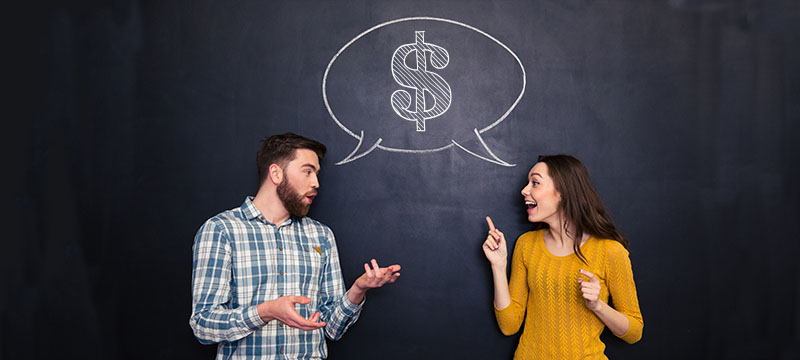In the new digital age, many businesses are seeing cash payments are nearly becoming obsolete. Merchants find they have to rely on processing systems and other services to receive payments from customers. Innovative processing systems and new technologies are required to help make the payment process simpler for everyone involved. The terms many merchants will need to understand to make this possible are merchant accounts, merchant processing, and merchant services.

Merchants will need to look into setting up a merchant account in order to accept various other digital or non paper means of payment. Merchant accounts serve as the middle ground between customer bank accounts and business bank accounts where electronic payments can be processed. Merchant processing is described as the systems or processes businesses use to take payments. Merchant services, another term closely related to merchant processing, refers to the range of financial services offered to businesses. In order to process payments using a debit or credit card a merchant account is needed for business transactions to occur.

In order for businesses to obtain a merchant account is to place an application with a bank giving information ushc as the type of industry the business is in, length of time the business has operated, history of the business, personal credit of the business owner and if there has been any other merchant account applications placed by the owner. There may be some fees associated with the merchant account. They include, but may not be limited to:
- Monthly Fees
- Application Fees
- Set-up Fees
- Discount Fees

Once approved and able to accept credit and debit card payments, there are three steps that occur when processing a payment by credit or debit card:
- Authorization: Once a customer provides their card for payment, the merchant sends the request to the appropriate bank institution. Once the request is sent, the bank will confirm there is a merchant account and the customer’s issuing bank who will either approve or decline the payment request .
- Settlement: The payment processor sends the details of the transaction to the card company to issue the appropriate funds with the issuing bank. The issuing bank then charges the customer’s account for the amount spent.
- Funding: The issuing bank transfers the funds to the merchant to cover the purchase made to the merchant’s account.
With switching to these more convenient ways to process payment, businesses are opening themselves up to more possible target audiences and even safety measures in securing funds quickly. Many merchant processing systems have various levels of security in place that can help bring ease to both the customer and the business owner.
Sources:
–https://www.fundera.com/blog/merchant-services
–https://www.businessnewsdaily.com/4791-merchant-account.html



